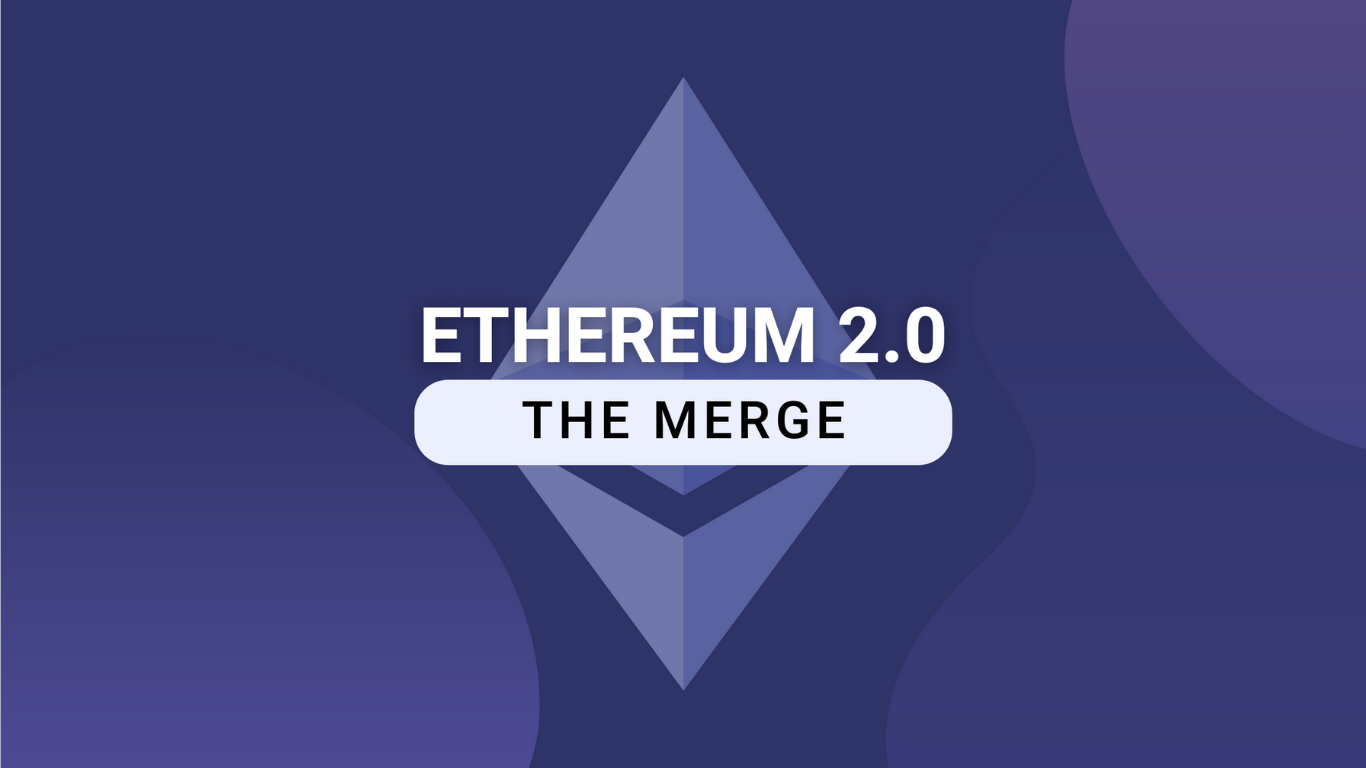Introduction
On September 15, 2022, Ethereum completed The Merge—one of the most significant upgrades in blockchain history. This monumental shift transitioned Ethereum from energy-intensive Proof-of-Work (PoW) to eco-friendly Proof-of-Stake (PoS), fundamentally altering its security model, economics, and future scalability.
This 2000+ word deep dive explores:
✔ What The Merge was and why it mattered
✔ Technical mechanics of the PoW → PoS transition
✔ Immediate and long-term impacts
✔ Challenges and criticisms
✔ What’s next for Ethereum
By the end, you’ll understand why The Merge was a watershed moment for crypto—and how it sets the stage for Ethereum’s future.
1. Why Ethereum Needed The Merge
The Problems with Proof-of-Work
- Energy Consumption
- Ethereum PoW used ~112 TWh/year (equal to the Netherlands)
- 99.95% reduction post-Merge
- Centralization Risks
- Mining pools controlled >50% of hash power
- ASIC miners dominated, squeezing out small participants
- Economic Limitations
- High inflation (~4% annually via block rewards)
- Miner extractable value (MEV) exploits
The Promise of Proof-of-Stake
✅ Energy efficiency (99.95% less power)
✅ Better decentralization (Anyone can stake 32 ETH)
✅ Economic security (Attackers must own ETH to attack)
✅ Scalability foundation (Paves way for sharding)
2. How The Merge Worked: A Technical Breakdown
Key Components
- Original Ethereum (PoW): Mainnet execution layer
- Beacon Chain (PoS): Launched Dec 2020 as consensus layer
- The Merge: Execution layer “merged” with Beacon Chain
Step-by-Step Transition
- Bellatrix Upgrade (Sept 6, 2022): Beacon Chain prepared for Merge
- Paris Upgrade (Sept 15, 2022): Final PoW block mined at TeraHash 58750000000000000000000
- Consensus Switch: New blocks validated by stakers, not miners
No:
- New tokens created
- Changes to gas fees
- Interruptions to transactions
3. Immediate Impacts of The Merge
1. Energy Usage Plummeted
- From 112 TWh/year → 0.01 TWh/year
- Equivalent to turning off Chile’s national power grid
2. ETH Supply Dynamics Changed
| Metric | Pre-Merge | Post-Merge |
|---|---|---|
| New ETH Issued | ~13,000/day | ~1,600/day |
| Inflation Rate | ~4% | ~0.5% |
| Burn Rate | None | ~2,800/day (EIP-1559) |
Result: ETH became deflationary when network activity is high.
3. Staking Rewards Shifted
- Miners → Stakers now earn:
- Block rewards (~4% APY)
- Transaction fees (~1-2% APY)
- MEV (Maximal Extractable Value) (~1-3% APY)
Total staking yield: ~5-9% annually
4. Long-Term Implications
1. Scalability Roadmap
The Merge was Phase 1 of Ethereum’s 5-phase plan:
- The Merge (PoS) ✅
- Surge (Sharding → 100,000 TPS)
- Verge (Stateless clients)
- Purge (History expiration)
- Splurge (Misc optimizations)
2. Institutional Staking Growth
- Liquid staking tokens (LSTs): Lido, Rocket Pool
- CEX staking: Coinbase, Kraken
- Corporate participation: Bitcoin Suisse, Figment
3. Regulatory Clarity
- SEC argues staking services = securities
- Ethereum’s decentralization may help avoid security classification
5. Challenges & Criticisms
1. Centralization Concerns
- Lido controls ~32% of staked ETH
- Coinbase + Kraken = ~15%
- Risk: Potential censorship (OFAC-compliant blocks)
2. Withdrawal Limitations
- Initial post-Merge lockup until Shanghai upgrade (April 2023)
- Still no instant withdrawals (4+ day queue)
3. Miner Backlash
- ETC Hashrate surged as miners migrated
- Minor ETHPoW fork (worth <1% of ETH value)
6. What’s Next for Ethereum?
1. The Surge (Danksharding)
- Expected 2024-2025
- Proto-danksharding (EIP-4844) first step
2. Staking Evolution
- Decentralized staking pools
- Zero-knowledge proofs for trustless validation
3. Layer 2 Integration
- Rollups will process 90%+ transactions
- Ethereum L1 becomes settlement + security layer
7. Conclusion: A New Era for Ethereum
The Merge succeeded in:
✅ Reducing energy use by 99.95%
✅ Making ETH deflationary
✅ Laying groundwork for scalability
Remaining Challenges:
❌ Staking centralization
❌ Regulatory uncertainty
Final Thought:
“The Merge wasn’t an endpoint—it was the foundation for Ethereum’s next decade.”
FAQs
Q: Could The Merge have failed?
A: Yes—but 3+ years of testing minimized risks.
Q: Did ETH price pump after The Merge?
A: No—it dropped 20% short-term due to “sell the news.”
Q: Can Ethereum revert to PoW?
A: Technically yes, but community consensus makes it unlikely.
